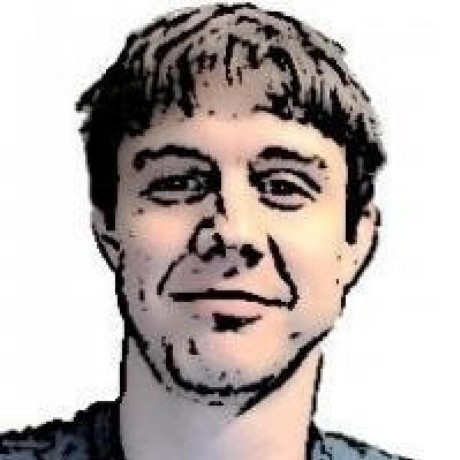2023-07 - 2023-09
Main achievements
- Release benchmarking
- Developing and running UTxO-HD benchmarks - in-memory flavour
- P2P benchmarks, facilitating rollout
- Production-readiness of the new Nomad cluster has been reached
- Optimization of and introspection capability for the new tracing system
- GHC9 performance investigation (and possible remedy)
- Conensus QTAs: first real-world application of prototype
Release benchmarking
Ongoing release benchmarking is a crucial safeguard to cardano-node's release cycle from a performance perspective. We've performed and analyzed benchmarks for node versions 8.2.x to 8.5 throughout Q3.
UTxO-HD benchmarks
Targeting a specific new feature in benchmarks requires development effort and fine-tuning the machinery. In Q3, we achieved that for the in-memory flavour of UTxO-HD, enabling benchmark delivery.
P2P benchmarks
In Q3, we performed additional P2P benchmarks to facilitate the comprehensive rollout of that feature.
New nomad cluster
The new hardware cluster for benchmarks, which is controlled through the new nomad backend, has received various rounds of validation and adjustments in Q3 - in addition to finalizing integration with the rest of our pipeline. The confidence in metrics gathered on the cluster is now sufficient for us to consider it ready for production use.
New tracing system
Our new tracing system has received various rounds of optimization in Q3. We could verify in our benchmarks that it is roughly on par with the legacy system while offering a richer feature set and greater flexibility.
Additionally, in Q3 we equipped the system with an introspection capability. This is now used for generating end user documentation that stays in-sync with definitions in code, and for automated consistency checking of the entire system.
GHC9 performance
In Q3, a joint investigation with DevX into GHC9's behaviour revealed where and how GHC9 misses opportunities for optimization of generated code. This led to an approach to annotate our codebase accordingly to re-enable those optimizations - which is still being validated.
Consensus QTAs
In collaboration with Consensus and DevX, we advanced the Consensus QTAs prototype capturing ledger operations' performance characteristics. It's now applicable, and being applied, to a real-world task - namely gathering evidence of the effect of aforementioned changes allowing for performant GHC9 builds.
Next steps
Benchmarking:
In Q4, the focus will be on:
- facilitating the next mainnet release
- benchmarking runs in the Conway era
- developing benchmarks / workloads for Conway-exclusive actions
- implementing a specialized benchmark setup for the UTxO-HD on-disk variant
- developing new Plutus benchmarks to safeguard Plutus V3
- benchmarks regarding the rollout of P2P
Performance
For certain blocking performance issues we've located the cause, or even found a solution in a cross-team effort. In Q4 we'll advance that work to ensure the ongoing release cycle for mainnet, as well as make GHC9 become a viable release platform.
New tracing system
For the new tracing system, we'll finalize optimization - current results are already on par with the legacy system. Furthermore, we will finish up comprehensive documentation, as well as description of a recommended setup, for which we can provide initial support.
UTxO-HD monitoring
We'll augment our analysis pipeline so it can process monitoring data from UTxO-HD nodes connected to mainnet in a meaningful way.
Nomad backend
From Q4 on, this backend will be in production use. We plan on adding various UX and flexibility improvements, and further fine-tuning some profiles for nomad.
Workbench
We will prepare for a future move of our performance workbench into a separate project. This entails restructuring, refactoring and reimplementation of certain few components that currently assume to always be in sync with cardano-node.
Consensus component QTAs (co-development)
In Q4 there will be ongoing work with and support for the existing prototype. We plan to identify a fixed set of input data that yields results of high informative value, and to formalize the process to a point that enables future automation.






